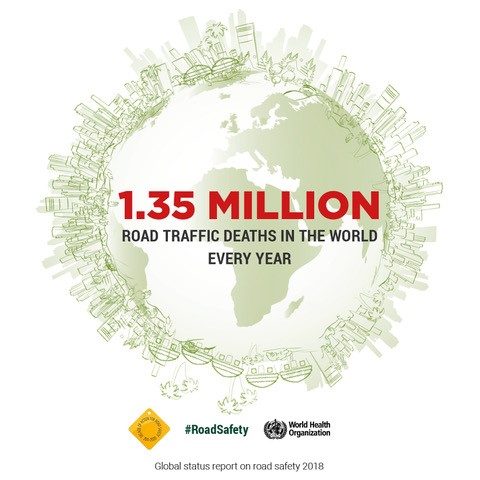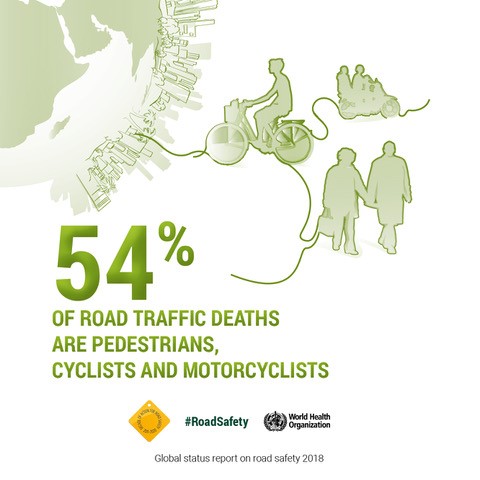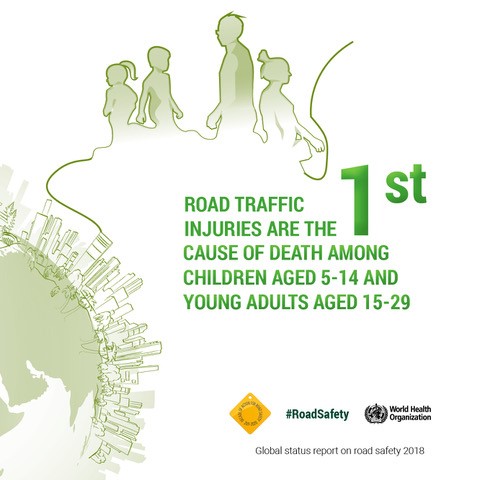
What Canada Can Learn from the WHO Global Status Report on Road Safety 2018
Last month, the World Health Organization (WHO) released its Global Status Report on Road Safety 2018, and the contents are grim: globally, 1.35 million people die every year in road traffic crashes.
Warning that drastic action is needed, the report notes that “the price paid for mobility is too high, especially because proven measures exist.” Put more plainly: we know how to make roads safer especially for vulnerable road users such as pedestrians, cyclists and motorcyclists–so why aren’t we acting?
In the report, countries are called to act on a dozen performance targets to meet with deadlines ranging from 2020 to 2030. Some of these targets include:
- developing a multisectoral national road safety plan with time-bound targets
- ensuring that new roads are built to meet technical safety standards for all road users, and improving standards on existing roads
- improving safety standards of all vehicles in use
- reducing speeding
- improving motorcycle helmet usage
- increasing seatbelt and child car seat usage
- reducing alcohol and drug-impaired driving
- enacting national laws to restrict or prohibit the use of mobile phones while driving
- enacting regulations related to driving and rest time for professional drivers
- improving response time by professional emergency care to road traffic crashes
As the list above indicates, training drivers to “drive better” is only part of the solution. Cooperation is also required from a multitude of stakeholders to create truly safe roads. This means everyone from individual drivers to traffic engineers and city planners, to regulators and law enforcement, to car manufacturers and of course governments. Many of these actions must be taken at the municipal, provincial or federal level and that requires the political will to act.
It might be easy to dismiss the gravity of the numbers stated in the WHO report because as a global report, its statistics include countries with less safe infrastructure, laxer law enforcement and lower safety standards than those in Canada. However, while Canada is ahead of many countries in this regard, it is also behind in others.
Case in point: here at home, the OPP reports that in the first half of January, there was a 271% increase in fatalities on Ontario’s highways, over the same period in 2017.
Despite the fact that overall, road traffic fatalities are trending downwards in Canada, most would agree even one road death is too many. There is much work still to be done.


